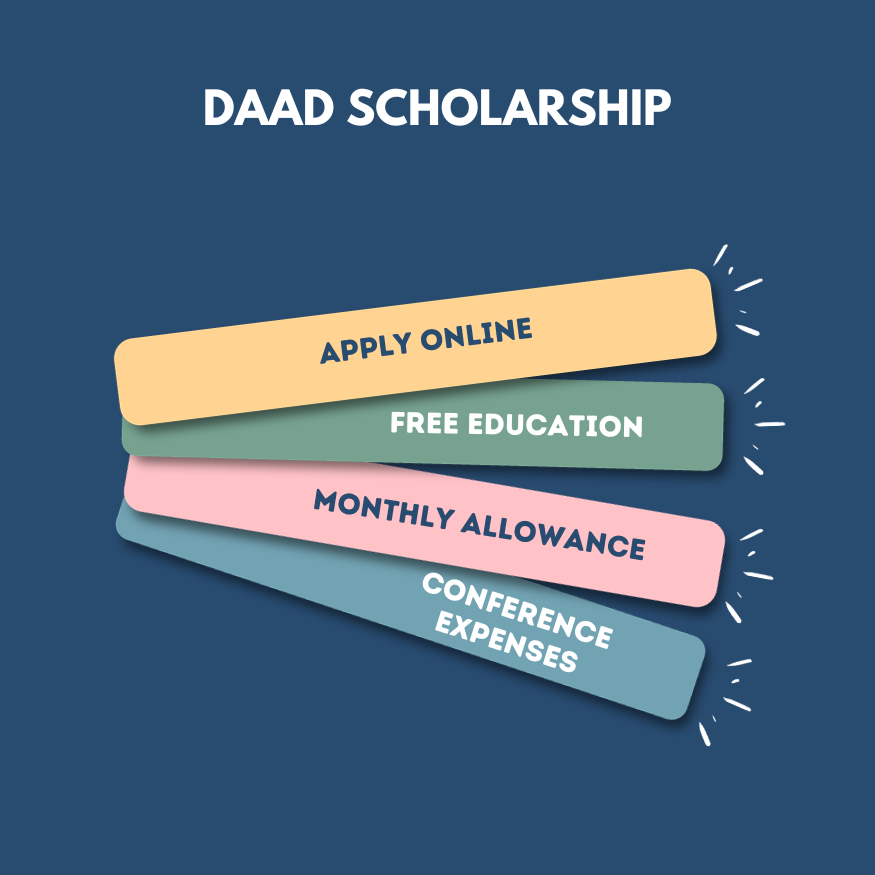Identifying Criteria for Affordable Programs
Unveiling the secrets to a budget-friendly study abroad adventure requires more than just a cursory glance at program brochures. It demands a thorough understanding of the multifaceted factors influencing the overall cost. From tuition fees to living expenses, every component contributes to the final price tag, making informed decisions crucial. This exploration delves into the key criteria for evaluating the affordability of a study abroad program.Evaluating a study abroad program’s affordability hinges on a meticulous assessment of its various cost components.
Careful consideration of each element—tuition, accommodation, living expenses, and travel—enables students to craft a realistic budget and identify potential savings. This comprehensive approach ensures a financially sound and enriching experience abroad.
Key Cost Components
Understanding the individual cost elements of a study abroad program is fundamental to achieving financial clarity. These components, while seemingly disparate, collectively shape the overall program cost. Careful budgeting and comparison across programs are paramount.
- Tuition fees represent the direct cost of attending classes. Different institutions and countries have varying tuition structures. Some programs may offer reduced tuition rates for international students, or include additional fees within the total cost. Understanding these nuances is crucial for accurate cost estimations.
- Accommodation costs encompass the expense of housing. Options range from dormitory rooms to private apartments, impacting the financial burden significantly. Locating budget-friendly accommodation options, such as shared apartments or hostels, can substantially reduce living expenses.
- Living expenses cover daily necessities like food, transportation, and entertainment. These costs vary greatly depending on the location and lifestyle choices. Students should anticipate higher living expenses in major metropolitan areas compared to smaller towns.
- Travel costs include airfare, visa fees, and other travel-related expenses. Planning travel in advance and potentially taking advantage of budget airlines can lead to considerable savings.
Funding Options
A variety of funding opportunities can help mitigate the financial strain of study abroad programs. These options can substantially reduce the financial burden and increase the feasibility of participation.
- Scholarships provide financial aid for students pursuing education abroad. Many universities and organizations offer scholarships specifically for study abroad programs. Researching available scholarships and diligently applying are key to securing financial assistance.
- Grants are another form of financial aid, often awarded based on financial need or academic merit. Similar to scholarships, grants can significantly offset the cost of a study abroad program.
- Loans can provide a source of funding, though repayment must be factored into the overall budget. Understanding the terms and conditions of any loan is crucial before committing.
Program Cost Comparison
A crucial aspect of finding an affordable study abroad program involves meticulously comparing program costs across different institutions. This meticulous comparison is essential for identifying the most budget-friendly option while maintaining program quality.
- Researching program costs across different institutions is a vital step. This involves carefully examining tuition, accommodation, and living expenses to pinpoint the most cost-effective option.
- Reputable sources for program cost data include the university’s official website, study abroad program providers, and independent financial aid organizations. These resources offer accurate and detailed cost breakdowns.
Reputable Sources for Cost Data
Leveraging trustworthy sources ensures that the data utilized for cost analysis is accurate and reliable. These resources empower students to make informed decisions.
- University websites are a primary source of information about program costs, as they often publish detailed fee schedules for international students.
- Study abroad program providers are another vital resource. They usually provide detailed cost breakdowns, including tuition, accommodation, and other expenses.
- Independent financial aid organizations offer valuable insights and resources related to scholarships and grants.
High-Ranking Institutions
Navigating the global landscape of higher education can feel overwhelming. But with a keen eye for affordability and academic excellence, finding the perfect study abroad program becomes significantly more accessible. This section delves into internationally recognized universities renowned for their high rankings, exploring the methodologies behind these rankings and highlighting specific, budget-friendly academic programs available. We’ll also compare program costs across different institutions and pinpoint programs particularly welcoming to international students.High academic rankings often serve as a valuable compass for prospective students, guiding them toward institutions that consistently deliver quality education.
Understanding the criteria behind these rankings is essential for making informed decisions. This allows students to align their educational aspirations with financial realities, thereby ensuring a rewarding and affordable study abroad experience.




